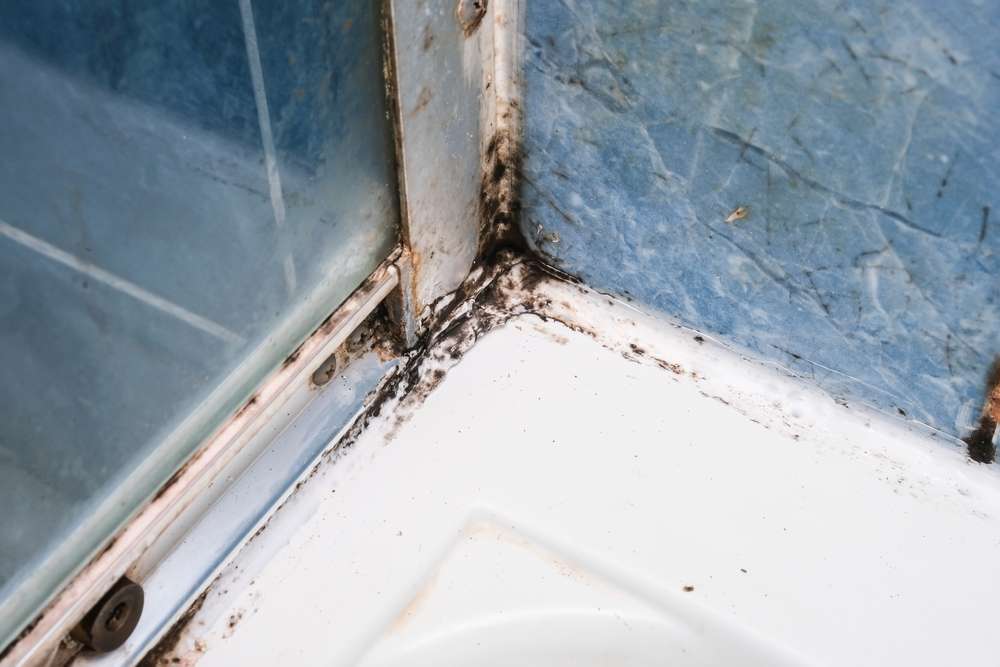How to Remove Mold from Your Home: Causes, Treatments, Prevention
Mold in the home is more than an unsightly nuisance — it can damage surfaces, worsen indoor air quality, and signal underlying moisture problems. Recognizing mold early and addressing the source is the most effective strategy. This article explains common causes, safe removal approaches, and prevention steps you can take to protect your house from recurring mold and water damage.

What causes mold in the home?
Mold grows where spores encounter suitable conditions: a food source (like drywall, wood, or dust), warmth, and persistent moisture. Everyday activities such as cooking, showering, and drying clothes indoors raise humidity. Hidden leaks behind walls, poor ventilation in bathrooms or attics, and rising damp from foundations create long-term moisture that invites mold. Understanding the root cause helps prioritize repair and remediation to avoid repeated infestations.
How does moisture lead to mold growth?
Moisture is the single most important factor in mold growth. When relative humidity stays above about 60% or when surfaces remain damp for more than 24–48 hours, mold spores can colonize and form visible colonies. Condensation on cold surfaces, slow roof drains, and plumbing drips give spores time to digest organic materials. Controlling moisture — through ventilation, dehumidification, and fixing leaks — stops mold at its source and is more effective than surface cleaning alone.
Where does mold form in a house?
Mold commonly appears in bathrooms, basements, crawlspaces, attics, and behind kitchen cabinets — essentially any place with elevated moisture or poor air circulation. Look for discoloration, musty odors, or peeling paint and wallpaper. Inspect around windows, under sinks, along baseboards, and where exterior walls meet the foundation. Even small, hidden patches can release spores into the house, so thorough inspection and targeted remediation are crucial for complete recovery.
How is mold removal performed safely?
Safe mold removal starts with assessing the extent of contamination and the moisture source. Small areas (often under about 10 square feet) can sometimes be cleaned with detergent and water or a diluted bleach solution, using protective gloves, goggles, and an appropriate respirator. Larger infestations or mold in HVAC systems typically require certified remediation professionals who use containment, negative pressure, HEPA filtration, and careful removal of contaminated materials. After cleaning, drying and repairs must follow to prevent recurrence.
How to prevent water damage and recurrent mold?
Preventing water damage is the most reliable way to keep mold away. Maintain gutters and downspouts, slope soil away from the foundation, and inspect roofs and flashing for wear. Inside, use exhaust fans in bathrooms and kitchens, run dehumidifiers in basements, and promptly repair plumbing leaks. Choose mold-resistant building materials in high-moisture areas and ensure good airflow in closets and attics. Regularly monitoring your house for small signs of dampness saves time and expense later.
This article is for informational purposes only and should not be considered medical advice. Please consult a qualified healthcare professional for personalized guidance and treatment.
Mold remediation is part science and part maintenance: remove contaminated materials when necessary, fix the moisture problem, and then restore surfaces with mold-resistant or properly dried materials. For persistent or extensive mold, a professional assessment can identify hidden moisture paths or structural issues. Addressing both the visible mold and the conditions that allowed it to grow keeps a home healthier and reduces the chance of expensive water damage repairs over time.
In summary, tackling mold in your home requires finding and correcting moisture sources, using appropriate safety and cleaning methods for removal, and implementing measures to prevent future outbreaks. Regular inspection and timely repairs protect both the physical structure of your house and indoor air quality, making mold problems less likely to recur.






